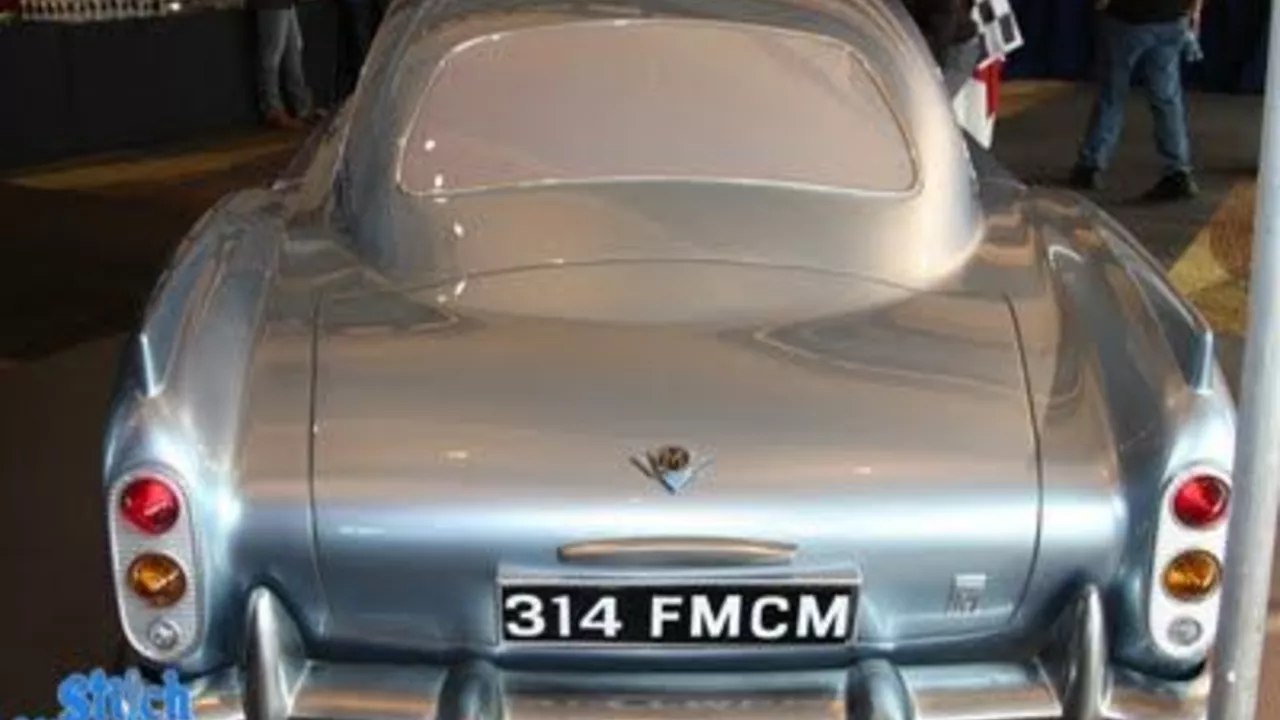Car Comparison Guides: Choose the Right Ride Fast
Got a list of dream machines but no clue which one actually fits your life? You’re not alone. Most of us stare at spec sheets, watch shiny videos, and end up more confused than before. That’s why a solid comparison guide matters – it breaks down the noise and shows you what really matters day‑to‑day.
Why Compare Cars?
First off, comparing isn’t just for geeks. It’s a real‑world shortcut. When you line up two or three models side by side, you instantly see where one wins and where another falls short. Want more horsepower? Look at torque curves. Need a comfy commute? Check interior space and fuel economy. By focusing on the factors that affect your daily drive, you avoid paying extra for features you’ll never use.
Our tag page pulls together posts that cover everything from dealer fees to radiator hose removal. While some articles dive deep into technical fixes, others weigh the pros and cons of sports cars vs family sedans. Putting them together gives you a 360‑degree view of each vehicle’s strengths and weaknesses.
Top Comparison Tips
1. List Your Priorities. Write down what matters most – speed, fuel savings, cargo space, or resale value. When you have a clear list, the comparison becomes a simple checklist.
2. Use Real‑World Numbers. Manufacturer claims sound great, but look for independent tests or owner reports. Things like actual MPG, brake fade on mountain roads, or how often a brand needs unexpected repairs speak louder than brochure bragging.
3. Consider Total Cost. The sticker price is only part of the story. Add insurance, maintenance, and possible dealer fees (like the advertising fees or preparation fees many buyers mistakenly pay). Our post about “fees you should refuse to pay when buying a new car” is a handy reference.
4. Test Drive Strategically. A 30‑minute spin covering city streets, highway, and a few corners gives you a feel for handling, comfort, and ergonomics. If you can’t get a full run, at least sit in the driver’s seat and check visibility, controls, and noise levels.
5. Check Reliability Rankings. Brands like Lexus, Toyota, and Honda consistently rank low on reported problems. If you value peace of mind, these names often come out on top in our “least problems” article.
Putting these steps together creates a quick, practical comparison routine you can repeat for any new model.
For those who love the thrill of sports cars, we’ve got side‑by‑side looks at the latest performance models, how they stack up against each other, and what hidden costs to watch for (like expensive suspension upgrades). If a lower ride height is on your mind, our “cut springs” guide warns you about the ride‑quality drop and safety concerns.
And don’t forget the fun side of comparisons. Want to know which car brand changed the most in the last decades? Our deep dive shows how tech, regulations, and consumer taste reshaped the industry, giving you context when you compare an older model to a brand‑new electric.
At the end of the day, a good comparison saves time, money, and headaches. Use the articles linked under the “comparison” tag as building blocks, add your own checklist, and you’ll drive away confident you made the right choice.
Ready to start? Pick two cars you like, grab a notebook, and follow the steps above. You’ll be surprised how quickly the best option becomes clear.
Is Finn McMissile an Aston Martin DB5?
After delving into the world of cars and animation, I've discovered that Finn McMissile, the popular character from Pixar's "Cars 2," is not an Aston Martin DB5. Although he shares some similarities with the iconic British vehicle, he's actually a mixture of various car styles. Pixar has publicly stated that Finn's design draws inspiration from a range of sports cars, including the Aston Martin DB5, but he's not based on a specific model. So, while we might see a bit of the DB5 in Finn, he's truly a unique character with a design all his own. In short, while Finn McMissile may carry an Aston Martin vibe, he is not a direct replica of the DB5 model.
